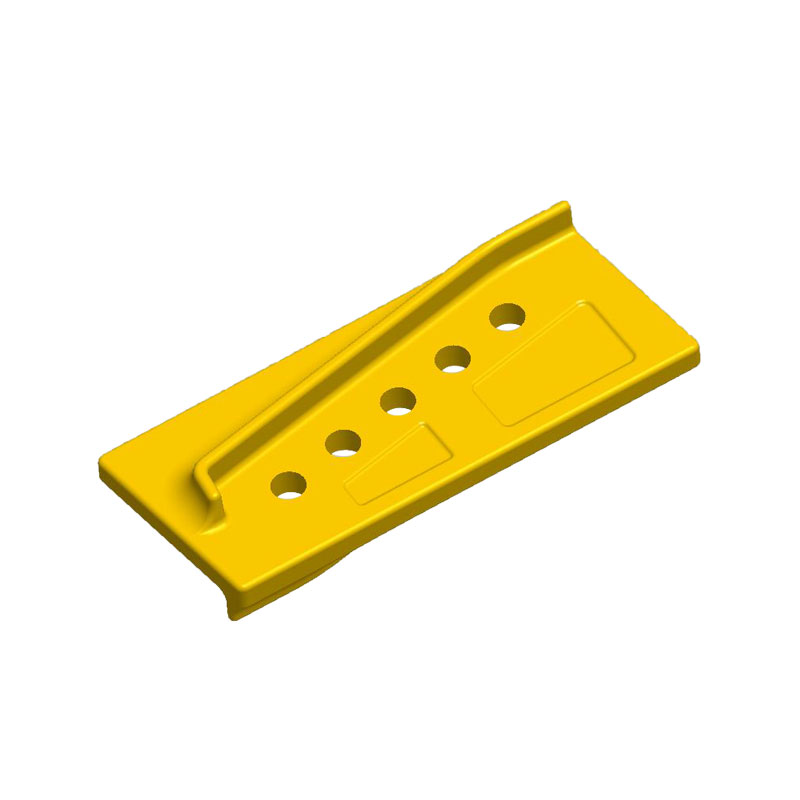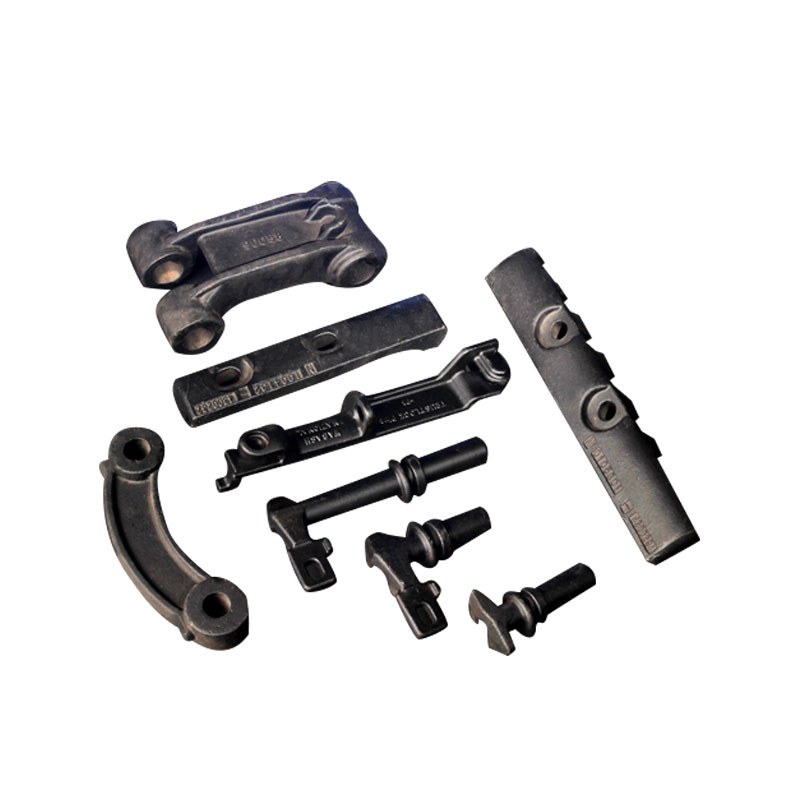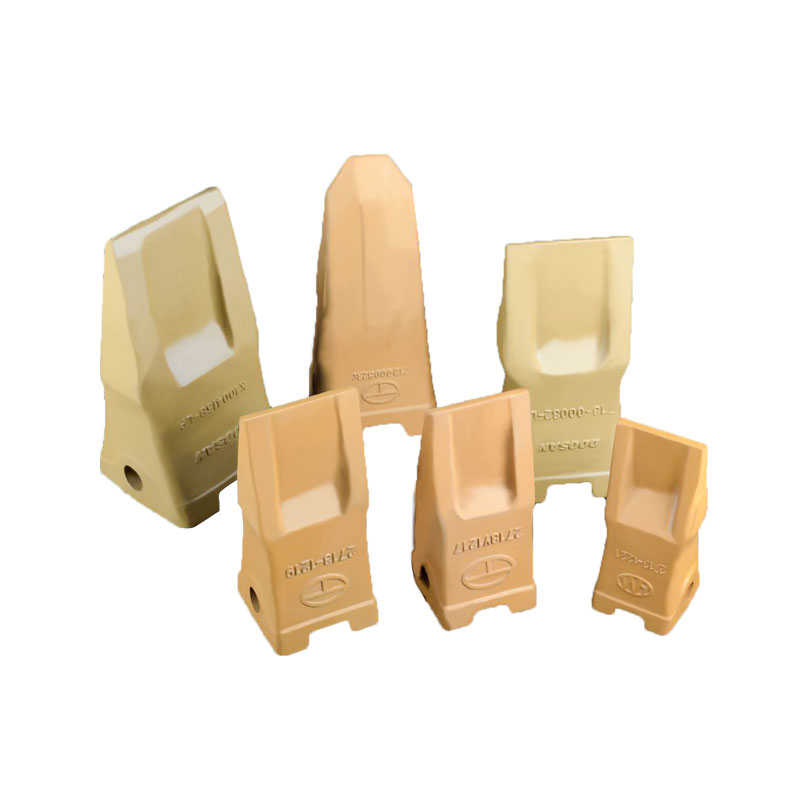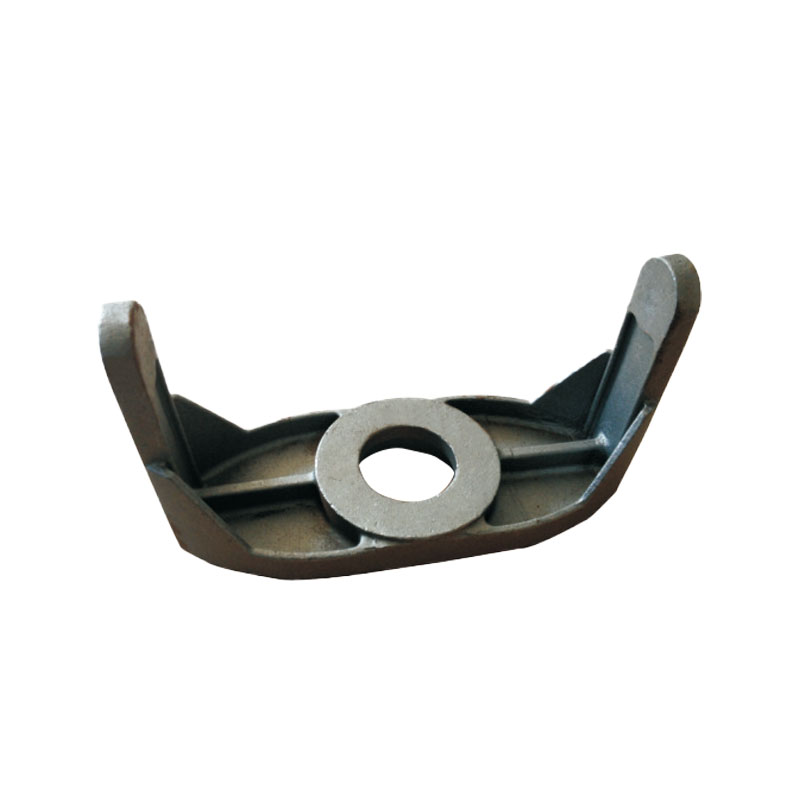Parts produced by using precision casting can typically […]
Parts produced by using precision casting can typically reap noticeably easy surfaces, however the final surface great relies upon on a couple of elements, which include the substances used, mould layout, manufacturing system, and next sharpening and processing steps.
In the precision casting process, the floor great of the mould at once impacts the surface smoothness of the final part. The floor of the mould need to be as flat as viable to avoid needless defects and textures on the surface of the components. Some remarkable molds can also even use polishing and different remedies to ensure that the elements obtain a smoother floor all through the casting system.
Another issue that affects floor nice is the temperature and fluidity of the molten metallic. High temperature and appropriate steel fluidity help to fill the information of the mold, reduce bubbles and defects, and as a result enhance floor smoothness.
Although the surface first-class of precision casting is generally right, in some applications, in addition sharpening or machining steps can be required to fulfill higher floor smoothness requirements. These processing steps may be achieved via methods which includes grinding, sharpening, sandblasting, and so on.
Overall, components produced through precision casting usually have noticeably clean surfaces and are suitable for many programs. However, specific floor necessities might also vary depending at the purpose and design requirements of the parts, so appropriate surface remedy steps may also want to be taken in step with unique wishes during the manufacturing process.



